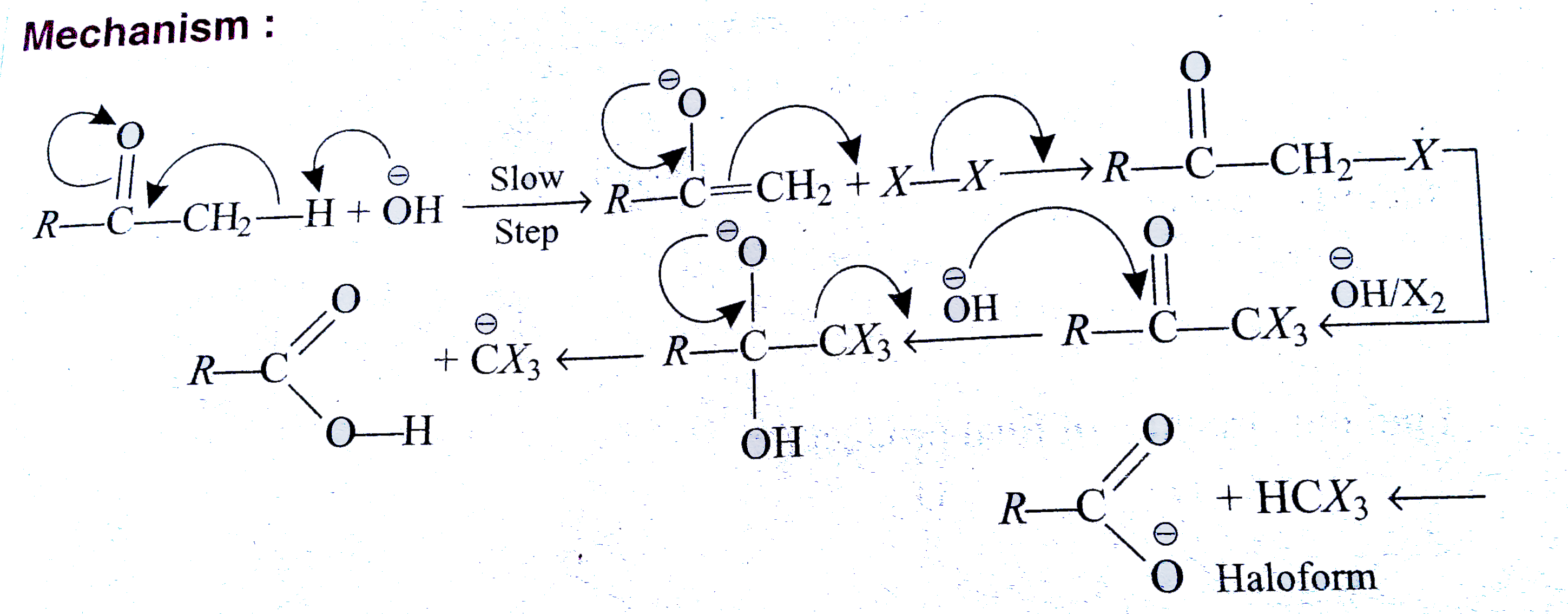Compound Ph−O−O∣∣C−Ph can be prepared by the reaction of _____________.
Phenol and benzoic acid in the presence of NaOH
phenol and benzoyl chloride in the presence of pyridine
phenol and benzoyl chloride in the presence of ZnCl2
phenol and benzaldehyde in the presence of palladium
The correct Answer is:B
Topper's Solved these Questions
Similar Questions
Knowledge Check
The compound C6H6−O−O∣∣C−C6H5 can be prepared by the reaction of :
Aphenol and benzoic acid in the presence of NaOHBphenol and benzoyl chloride in the presence of pyridineCphenol and benzoyl chloride in the presence of ZnCl2Dphenol and benzaldehyde in the presence of palladiumPh−CH=CH−O∣∣C−OH
The IUPAC name is:A3-phenyl prop-2-enoic acidB3-phenol prop-1-enoic acidC3-carboxy prop-1-ene benzeneDbut-2-enoic acidTreatement of compound Ph−O−O∣∣C−Ph
with NaOH solution yieldsAPhenolBSodium phenoxideCSodium benzoateDBenzophenone
Ph−O∣∣C−CH3PCI5−−→ Product is
View SolutionWittig reaction :
The reaction of a phosphorus ylide with an aldehyde (or) ketone introduces a carbon-carbon double bond is place of the bond .
R−O∣∣C−R+Ph3P=CH2→R−CH2∣∣C−R+Ph3P=O
Mechanism :

Driving force of the reaction is high blood energy of (P=O).ΔH=−ve)
CH3−O∣∣C−CH2−CH2−CH2−CH2−⊕PPh3Ph−Li−−−−−−→Δ(A) , Major product (A) is :
View SolutionWittig reaction :
The reaction of a phosphorus ylide with an aldehyde (or) ketone introduces a carbon-carbon double bond is place of the bond .
R−O∣∣C−R+Ph3P=CH2→R−CH2∣∣C−R+Ph3P=O
Mechanism :

Driving force of the reaction is high blood energy of (P=O).ΔH=−ve)
CH3−O∣∣C−(CH2)3−O∣∣C−CH2−O∣∣P(OEt)2NaH−−→(A)(cyclic). Product (A) is :
View SolutionCompound having −O∣∣C−CH3 group reacts rapidly with halogen in presence of a base to form haloform . The reaction is known as haloform. R−O∣∣C−CH3X2+ӨOH−−−−→R−O∣∣C−ӨO+CHX3
Mechanism :

Consider the following reactions :
Reaction I →Ph−O∣∣C−CH3Cl2,ӨOH−−−−→Ph−O∣∣C−ӨO+CHCl3
Reaction II →Ph−O∣∣C−CD3Cl2ӨOH−−−→,Ph−O∣∣C−ӨO+CDCl3
Which of the following is correct comparison of the rate of reaction I and II ?
View SolutionPh−O−MeHI−−→excess
View Solution


